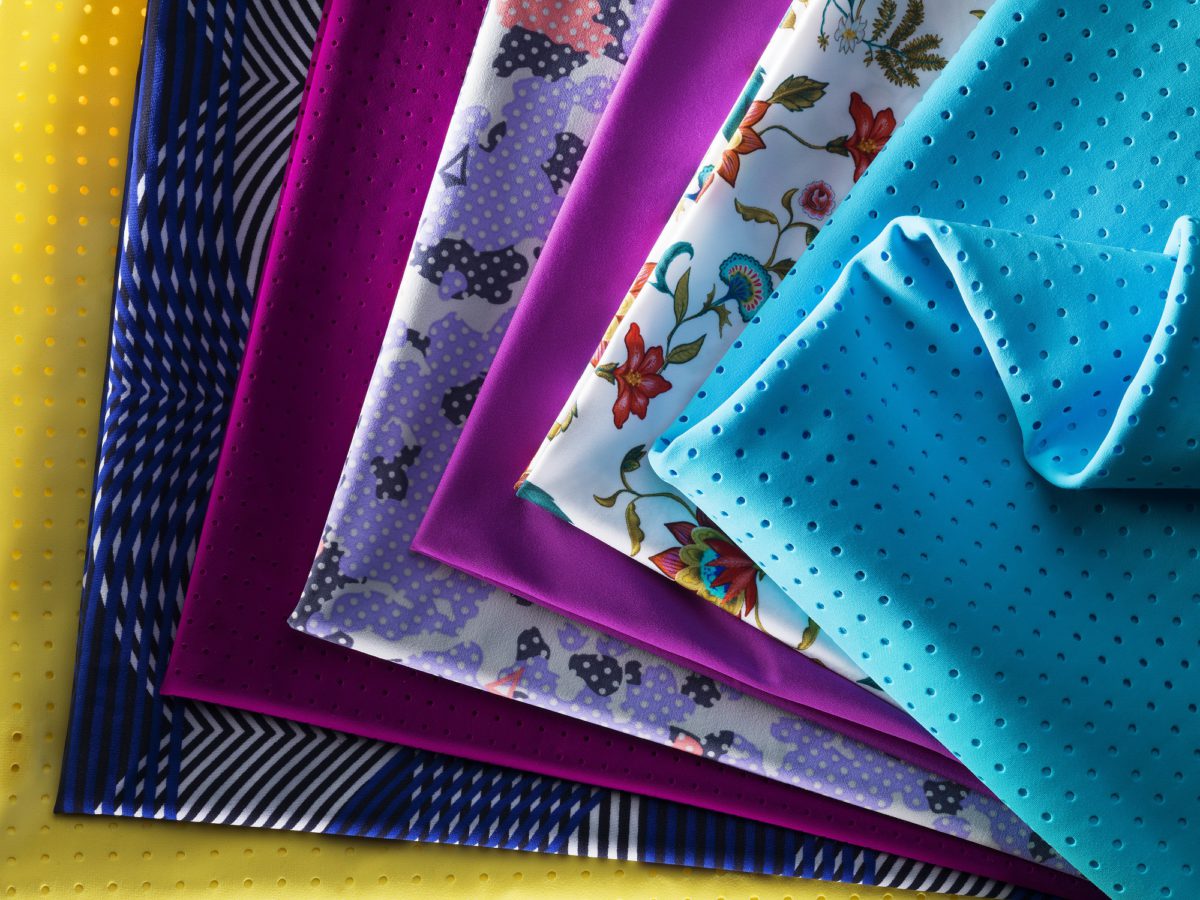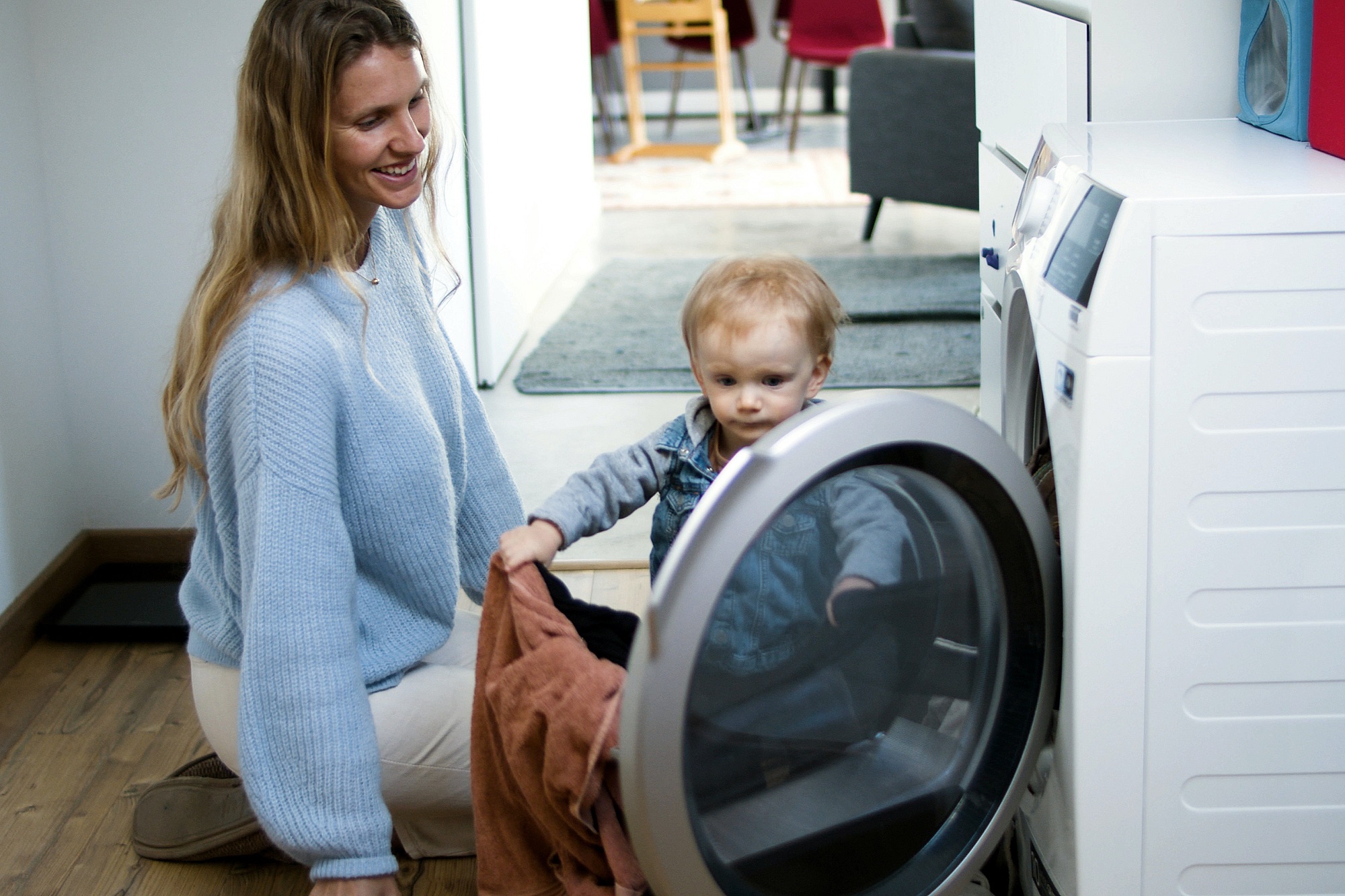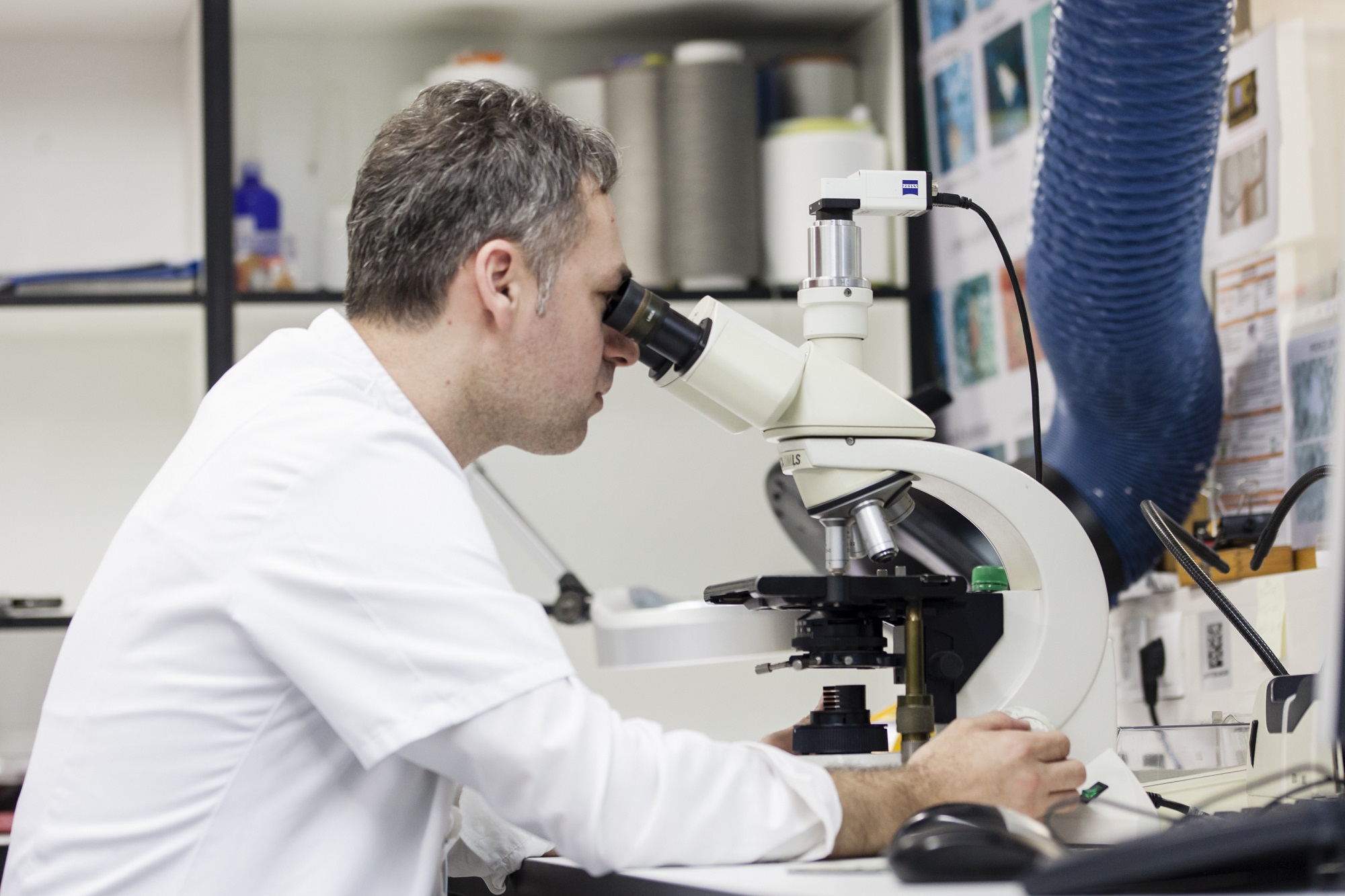Microplastics: How is the industry making changes to combat the issue?

The fashion and textiles industries are coming together to help reduce the amount of microplastics released from synthetic fibers, combining science and design into different potential solutions.
This is the third and last instalment of our spotlight series on microplastics. In part one, we took a deep dive into what microplastics are, and how they are affecting our ecosystems. Then, for part two, we looked at what Aquafil is doing to help combat the issue. Now, we are focusing on the wider progress being made in the industry.
While synthetics materials are among the most popular used by fashion brands today, sometimes it can seem like the subject of microplastics doesn’t get much airtime. That’s an easy conclusion to reach when according to this year’s Fashion Transparency Index, just 21% of surveyed brands publish information about how they’re working to reduce the shedding of microplastics from their clothes.
Since microplastic pollution from textiles is notoriously difficult to measure, it can be hard for brands to know how best to tackle the issue alone. The good news is that the fashion and textiles industry is busy getting a whole host of new developments off the ground. Since many clothing companies rely heavily on synthetic fibers to make their products functional, durable and long lasting, there is a lot of work going on behind the scenes to ensure that even recycled and regenerated versions of these materials can be used more sustainably.
There might not be a silver bullet solution on the horizon, but when it comes to complex, multifaceted issues like microplastics, progress is often best made by finding a variety of different approaches that work alongside each other. Promisingly, we’re starting to see research and innovations that try to tackle microplastics at different stages in the supply chain, from product design and development through to an item’s end-of-life. Here is a look at some of the advantages and drawbacks of the different approaches being taken so far.

Filtering out the microplastics produced in the wash phase
Let’s start with some science. Thanks to a study published by the International Union for Conservation of Nature, we know that most microplastic pollution from synthetic textiles is generated when they are washed. This is as true for when we do our laundry at home as it is for the dyeing and washing phases of industrial textile production.
One approach being looked at by a handful of companies is to help filter out the microplastics that are generated during these processes. To do this, they’re developing technology which aims to ensure microplastics can be separated and removed from wastewater from industrial textile mills, meaning it’s much less likely that they will make their way into our oceans.
Meanwhile, France has become the first country to introduce policy that requires all new household washing machines to have filters to facilitate the capture of microplastic particles by 2025. Getting behind the introduction of this kind of legislation is a big step that the fashion industry can take to be part of the solution. Still, microplastics don’t just disappear once they have been filtered out, and special care needs to be paid to how they are eventually disposed of.
Developing new material innovations in the synthetic fibers sector
The number of microplastics that a fabric releases depends on the length of the fibers, and how they have been spun, woven, cut, and finished. So, there’s a lot of innovation going on to try to minimize shedding. But for all the promising sounding technology, how effective is the approach?
From PANGAIA’s multiplexed laser surface enhancement (MLSE®) technology, which modifies the surfaces of fibers within a fabric, to Danish biotechnology company Cellugy’s EcoFLEXY coating made from nanocellulose, plenty of innovative technology has started to pop up on the market. However, it’s still early days and right now, there’s not much information out there on resources they use, how they could scale up, or the wider ecological effects they might have.
Companies are also finding new, degradable alternatives with the same properties as synthetics. One key area of research is in biosynthetic textiles, which are made from polymers – the building blocks that make up synthetic fibers – from renewable resources rather than fossil fuels. It’s important to note that some, not all, biosynthetic fibers can naturally degrade. Plus, it’s a relatively new fiber category and more research is still required to understand their overall impact.

Creating products using eco-design principals and better testing
Beyond material science and new technology, an important piece of the puzzle lies in sharing eco-design principles that rely on increased testing and analysis in order to reduce waste, improve fiber-to-fiber recycling and build more circular systems.
One of the most promising approaches is to improve the testing available to reliably measure the number of microplastics released from a specific type of product or production process, allowing designers to create products that they know are better. It’s something that Aquafil are tackling through their partnership with research and innovation center STIIMA CNR, with the hope of developing a standardized method that can be used throughout the industry.
Plus, thanks to the open sharing of resources by industry-leading organizations like the Cradle to Cradle Products Innovation Institute, as well as new initiatives like Zero Waste Design Online, it is getting easier for product developers to share information on the best way to design and test for a circular economy, reducing the impact of our clothing not just during its life cycle, but when it reaches its end-of-life too.
Preventing and reducing microplastics isn’t an easy feat for the fashion and textiles industries, but working collaboratively is key. And as awareness starts to turn into action, a more sustainable future for synthetics is certainly in sight.
Author: Beatrice Murray-Nag
Latest from the Blog